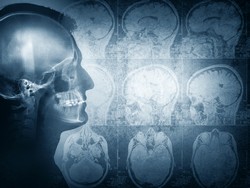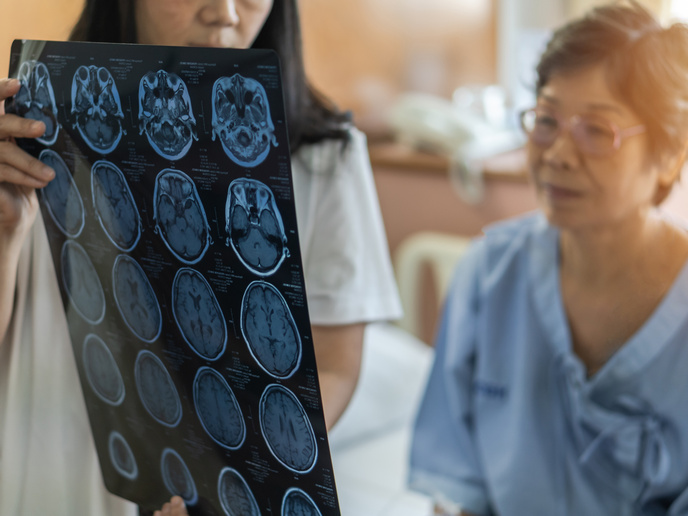Functional brain imaging elucidates dexterity
The FIRST(opens in new window) (Functional imaging and robotics for sensorimotor transformation) project developed a novel approach based on functional brain imaging in the resting state to identify brain connections that are activated during sensorimotor transformation. Researchers used three types of haptic robotic devices to perform tasks requiring tactile discrimination, tactile guidance or shape perception while participants were blindfolded for object manipulation. The beauty of this approach is that blindfolding participants ensured that tasks were performed using only information derived from touch. This enabled the isolation of brain regions involved in transforming somatosensory information into motor commands using functional magnetic resonance imaging (fMRI) scan. In this case, the finger movement or force provided a metric that is correlated with changes in functional connectivity. The FIRST team successfully identified relevant sensory features and the analysis of metrics with resting-state fMRI images is currently ongoing beyond project end. Researchers will compare the functional differences in normal individuals and stroke patients who participated in the study. The FIRST approach could be adapted to study any type of brain function and diagnose disorders using resting-state functional connectivity changes as a measure. These results could prove useful in identifying impaired brain regions and determining the efficacy of therapeutic interventions. This approach has applications in assessing motor development, athletic and artistic performance as well as sensorimotor rehabilitation, assistive technology and humanoid robotics.







